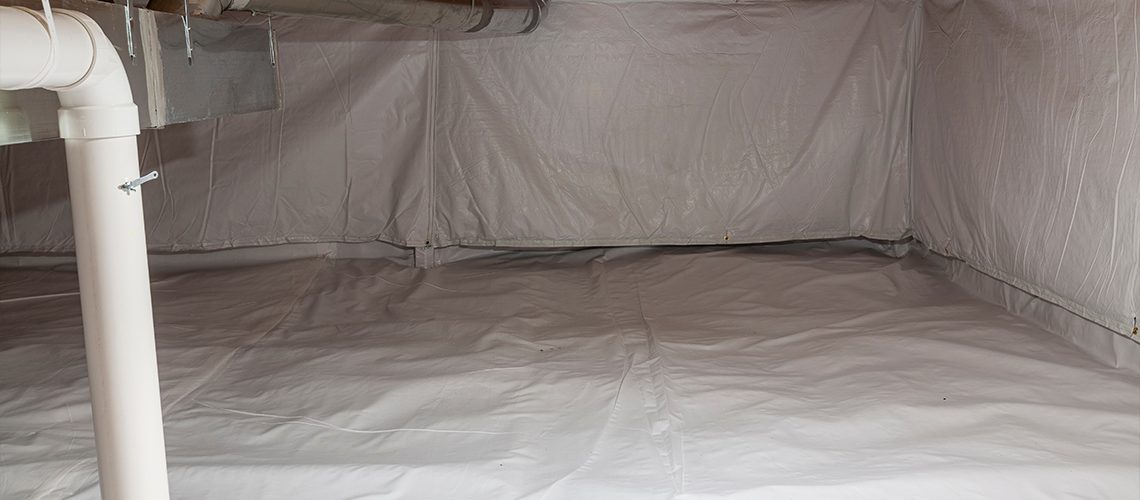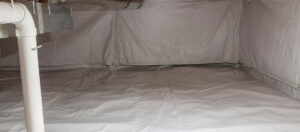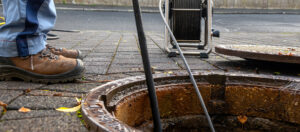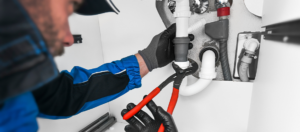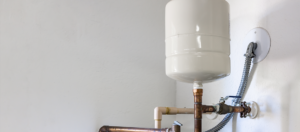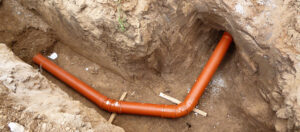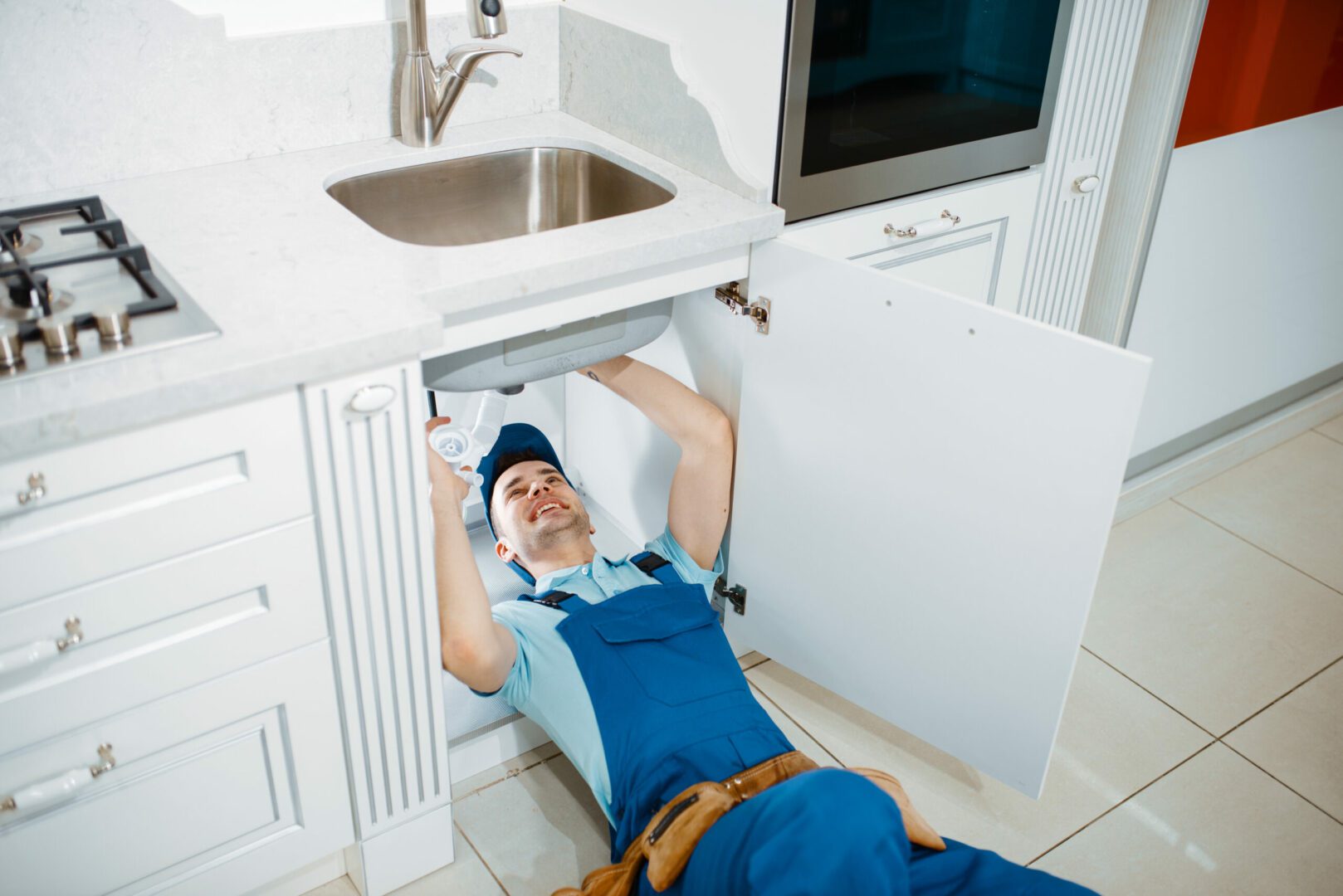With winter now fast approaching, the most obvious dangers of freezing temperatures will pertain to your home’s plumbing system. One region of the house that many homeowners neglect is the crawl space. Pipes in crawl spaces are more prone to freeze into bursting pipes that cause water damage, thereby running up pricey repair bills.
In this blog post by Same Day Plumber, we will discuss effective strategies for frozen pipe prevention and protecting your crawl space pipes from freezing. Learn how to implement pipe insulation tips to ensure your home remains safe and dry throughout the winter.
Understanding the Dangers of Frozen Pipes
Frozen pipes can be extremely destructive, usually due to costly repairs, resulting in thousands of dollars in water damage. When water freezes inside a pipe, it expands. This creates extreme pressure between the ice blockage and the water supply that may cause a pipe to crack or burst. While costs vary depending on the damage’s extent and the pipe’s location, these repairs can be costly. This risk is higher in crawl spaces where temperatures plummet unexpectedly, and pipes are exposed to cold. Taking proactive steps to protect these vulnerable areas in winter can be key to frozen pipe prevention and protection.
Effective Ways to Prevent Pipes in Your Crawl Space From Freezing
Preventing frozen water pipes involves several precautionary home plumbing tips. The following steps will certainly ensure that the plumbing remains unaffected by freezing temperatures.
Insulating Your Crawl Space: A Crucial First Step
Insulating your crawl space is an effective way to keep your pipes from freezing. The insulation acts like a conservatory of temperature in that it prevents extreme cold from entering the crawl space and freezing your pipe. Proper insulation of a crawl space can reduce energy consumption in a home by up to 20%, according to the U.S. Department of Energy, thereby making it a critical aspect concerning pipe protection and general energy efficiency during cold weather.
These come in various forms: foam boards, spray foam, and fiberglass. At the time of selection, ensure that the insulation is resistant to moisture and can bear the load of the condition in your crawl space. Adding protection through foam pipe covers or fiberglass sleeves added to the pipes for direct insulation provides additional protection.
Protecting Outdoor Taps: Why You Should Turn Off the Water
Another very common freezing issue is outdoor taps. Because they are usually outdoors, they are exposed to the elements. For effortless frozen pipe prevention inside your crawl space, it’s essential to shut off the water supply to outdoor faucets and drain the remaining water from those pipes. This little step goes a long way in preventing pipes from freezing and bursting.
However, too many people forget to perform this task, and because of that, too many pipe freeze problems occur for no reason. In addition to turning off the water, you can take extra precautions in the form of faucet covers that protect your taps from freezing temperatures.
Covering Exposed Pipes: An Essential Precaution
Exposed pipes inside the crawl space are very prone to freezing. To prevent this, wrap the pipes around the insulation. Insulating pipes in winter involves different products, including foam and rubber sleeves, which are readymade and easily installed. These protectants create a barrier between the cold air in the crawl space and the water inside the pipes, thereby greatly reducing the risk of freezing.
Wrap the pipes with heat tape or heat cables for added pipe freeze protection. These work by keeping the pipes warm due to a constant heat source and are useful in areas that reach extremely cold temperatures.
Why Leaving Faucets Dripping Can Prevent Freezing
Another effective method to protect pipes from freezing is allowing your faucets to drip during cold weather. Water moving through the pipes, even at a snail’s pace, is less likely to freeze. This simple act has been known to cut down the chances of pressure build-up and pipes bursting. Even though it is counterintuitive, this small amount of water wasted compared to the price one pays for repairing burst pipes is pretty minimal.
Keeping Your Home Warm: A Key Defense Against Frozen Pipes
Keeping your home warm can help prevent pipes in your crawl space from freezing during these cold winter months. The heat from your house is supposed to seep into the crawl space and keep those pipes from freezing. Ensure your home’s heating system runs efficiently, and use space heaters in any area where your temperature might get super low.
Leaving the interior doors that access a crawl open during this period allows warm air to circulate and maybe reach areas where pipes are more susceptible to cold air. This is an easy yet effective method of winterizing your home plumbing system during winter.
The Importance of Leaving Cabinet Doors Open
Another approach to frozen pipe prevention and protection during cold weather is leaving cabinet doors open. Particular emphasis is placed on those cabinets beneath the sinks. This allows the warm air of your house to circulate around the pipes, further decreasing the chances of freezing. This is quite important when temperatures are very low or you may be away from the house for a longer period.
Before leaving cabinet doors open, ensure that any harmful chemicals or cleaning supplies are out of the reach of children and pets.
Why You Should Always Shut Garage Doors
When your crawl space is attached to or located near the garage, keeping the door closed will definitely become essential for pipe freeze protection during the cold climate. An open garage door can quickly lower the temperature of adjacent areas and increase the risk of freezing pipes. Ensuring that your garage door is sealed and insulated will further impede cold air entry into your house, affecting the pipes.
Using Heat Cables to Protect Your Pipes
Heat cables, otherwise known as heat tape, are a great way to protect pipes from freezing. The cables wrap around the pipes and apply consistent heat that keeps water flowing and helps prevent freezing. These cables are designed for harsh winter conditions or on pipes that cannot be insulated well or easily.
If you have to use heat cables, follow the manufacturing company’s directions to ensure proper use. If you use them repeatedly throughout the year, inspect them regularly for wear or damaged areas and replace them as needed.
Sealing Air Leaks to Keep Cold Air Out
Air leaks in your home may introduce cold air inside and impact the crawl space temperature. Sealing these gaps is a very important step in winterizing your home plumbing. Inspect gaps around window frames, door frames, and along foundations for any gaps, and seal them with weather stripping or caulking.
Pay extra attention to areas where plumbing enters or leaves your home, as those are common sources of air leaks. This will also protect your pipes from freezing during winter and improve your home’s energy efficiency.
Maintaining a Constant Thermostat Temperature
Remember that, especially in cold climates, protecting plumbing by keeping a consistent temperature at the thermostat-even at night or when away from home is very important. Sudden temperature drops may cause pipes to freeze; therefore, the minimal temperature inside a home should remain, throughout the whole winter period, at not below 55°F (12.8°C).
Implementing winter pipe protection by investing in a programmable thermostat to maintain a functionally constant temperature day and night. This will keep your pipes safe, even when cold periods strike without warning.
How to Handle Frozen Pipes If They Occur
Even with the best of efforts at frozen pipe prevention, pipes can freeze under extreme winter conditions. If you suspect a pipe has frozen, it pays to take action immediately to minimize damage.
First, turn off the main water supply to prevent more water from filling the pipes and creating pressure that will lead to a burst. Open the faucet on the frozen pipe to release air pressure. You can use a hair dryer, heat lamp, or space heater to thaw the pipe gradually, starting from the faucet and working your way back toward the frozen area. Never thaw a pipe with an open flame or torch because it may create a fire hazard.
If you can’t locate or safely thaw the frozen pipe, it is best to consult a professional plumber right away. Same Day Plumber offers services in emergencies, and such instances of frozen pipes are capable of causing further damage to your home. Our well-experienced plumbers can give fast diagnoses, thawing the frozen pipes and making necessary repairs so your plumbing system can continue operating properly and safely.
Final Takeaway
Protecting crawl space pipes from freezing is an important home winterization tip. Some proactive measures include insulating the crawl space, sealing air leaks, and maintaining a constant temperature on the thermostat to reduce the chances of pipes freezing and subsequent damage. However, no matter how many preventive measures one takes, frozen pipes can still burst.
Did you need some home plumbing winter tips concerning frozen pipe protection, prevention, and insulation for winter care? Same Day Plumber is ready to provide the assistance you need. Our team of professionals is prepared and ready to help with expert advice, emergency services, and thorough plumbing solutions to keep your home safe and comfortable throughout winter. Don’t let freezing temperatures catch you off guard—contact Same Day Plumber at 248-554-1344 today for all your winter plumbing needs.

